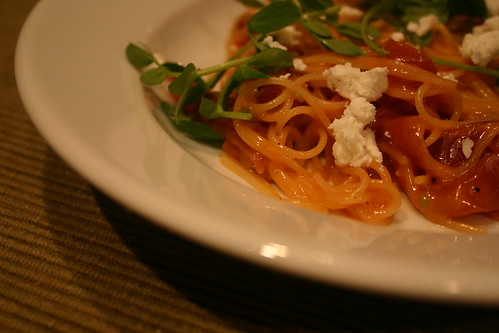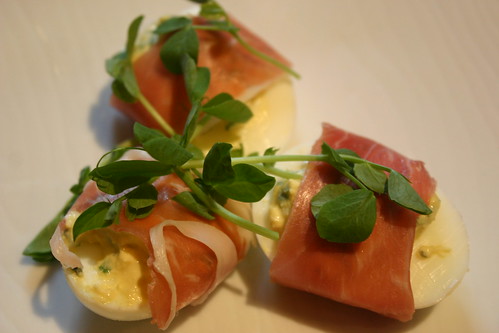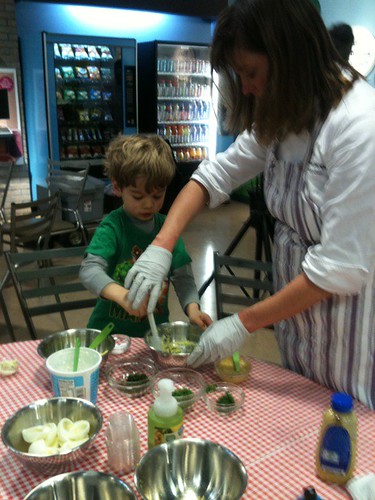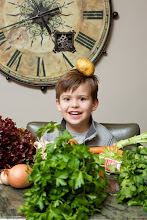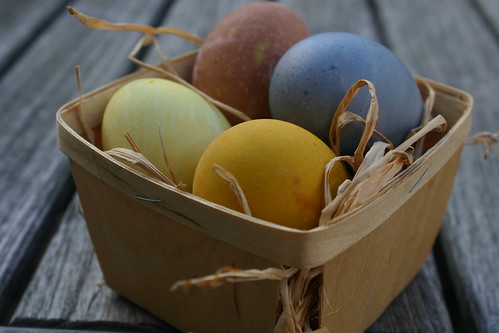
To check out WGN's segment, click
here.
With the impending arrival of a fuzzy, long eared creature, everyone seems to be talking about eggs this week. The always amazing Christina LeBeau gives her rundown of eggsperiments on
Spoonfed. Sara Kate Gillingham-Ryan just re-posted her how-to dye eggs naturally over the
Kitchn (I love the suggestion of oiling the eggs to give them a high shine). Even bloggers of different faiths have gotten in on the game. Me, I'll be dying lots of eggs since my Little Locavores kid and I will be appearing on
WGN tomorrow at 11am to demonstrate natural egg dying.
I also wanted to share with you this entry that I wrote several years ago for
The Local Beet, which talks not only about how to dye eggs naturally, but also how to buy eggs that are not only good for the body but also for the planet since that's what Purple Asparagus is all about.
In pagan culture, the egg signified the rebirth of the earth during spring. Christians adopted this symbol for the death and resurrection of Jesus Christ, allegedly having occurred in early spring. Eastern Christianity has created several myths regarding the connection between the egg and the Easter story, including a claim that Mary Magdalene brought eggs to share at the tomb of Jesus, which turned bright red when she saw that Christ had risen.
With all of these associations with life and the earth, it only makes sense that the eggs that we dye for our baskets, egg hunts and rolls be good for the earth and respect life. To do this, we need to be educated consumers and understand the labeling on the cartons.
Sustainable EggsThree separate certifying systems have been created by egg producers.
Certified Organic: This is the only certification that is regulated by the government. To earn it, a farmer must pass an inspection showing that the eggs came from hens that eat an antibiotic-free, 100% organic diet, and are allowed access to the outdoors and sunlight. What it does not require is a certain barn or shed size or limit on the amount chickens housed inside such facilities. It also does not require that the chickens spend any time outdoors and specifically allows a farmer to temporarily confine his hens for a variety of reasons, with no definition of the term "temporarily." It does, however, require certain humane limitations including that a bird must be anesthetized prior to de-beaking, a common practice in egg farming.
Certified Humane:
This certification is regulated by Humane Farm Animal Care and is concerned less with what the birds eat than with how they are treated. Hens must eat a "wholesome" and "nutritious" diet, they may only receive antibiotics in the case of disease. The certification requires that the hens have "sufficient space, shelter and gentle handling to limit stress." In Illinois,
Phil's Fresh Eggs has been named Certified Humane under this system. (They're also white and great for taking on dye).
To find other producers, visit Humane Farm Animal Care's website.
Organic Valley may not be "Certified Humane," on its website, it states its promise to the consumer that its eggs have been:
"Produced on family farms in harmony with nature without antibiotics, synthetic hormones or pesticides. Our hens are raised humanely and given certified organic feed—never any animal by-products—and range freely outdoors."
A note on hormones: a hormone-free claim is a bit of a non-sequitur given that hormones are never given to hens being grown for laying eggs or during the egg-laying period unless sick.
The United Egg Producers Certification: This is quite a dodgy "certification." According to Marion Nestle, the certification "merely attests that a company gives food and water to its caged hens." Unsurprisingly, a large majority of industrial egg producers have received this certification.
The website is chock full of double speak. On the home page, we see a wholesome young family on their bucolic farm. There is a large section called Myth v. Fact. My favorite myth v. fact is the first:
Myth: Farmers only care about profit.
Fact: U.S. egg farmers are committed to the humane and ethical treatment of animals. Many of the farms are family-owned and operated.
While I'm sure that majority of family farmers treat their hens humanely, having recently watched HBO's "Death on a Family Farm," family-owned and operated can not necessarily be equated with humane treatment.
A Note on De-beaking: It's important to note that none of the certifications prohibit de-beaking, though the Certified Organic and Humane standards do require that the birds be anaesthetized during the procedure. Birds are de-beaked to prevent the aggressive behavior that is almost inevitable in close quarters. In the "
The Ethics of What We Eat
," Peter Singer identifies a handful of farmers who do not de-beak their birds. I have emailed several of the egg producers who sell locally at our farmers market to find out their practices and will report back with what I learn.
Sustainable Egg DyeingEver since my son was born 5 years ago, we've coloring our eggs naturally. What we've done is to use the by-products of our home cooking that would otherwise be destined for the garbage or the compost bin. For example, yellow onion skins create a lovely beige shade, red, a purplish one. I'll blanch spinach, a traditional menu item on Maundy Thursday, for green. Boil some beets for red. Leftover coffee stains not your teeth for brown. The only virgin ingredients that I use are dried spices - really, how many of you are going to use up that entire jar or turmeric? I also have a huge jar of tomato powder that is past its prime (a donation from the very generous
Spice House for a
Purple Asparagus project) that when combined with vinegar turns up orange. When using spices, boil water to fill a bowl just large enough to hold an egg or two and add a tablespoon or more or the desired spice with a bit of vinegar. But my all time favorite natural egg dye? Red wine. Not only does it color the egg, but it gives it a sparkly sheen - I've always assumed that it's the sulfites. The best part? When your egg is done, it's cocktail time.
Pink1 beet, quartered
cold water to cover
1 teaspoon white vinegar
Cover the beet with cold water in a small pot and bring to a boil. Simmer until tender. Pour off 3/4 cup of beet liquid into a small cup. Mix with vinegar. Reserve the beet for another purpose. Soak eggs for 15 minutes to 1/2 hour.
Yellow3/4 cup water
1 tablespoon turmeric
1 teaspoon white vinegar
Bring the water to a boil. Whisk in turmeric and white vinegar. Let the liquid cool. Soak eggs for 15 minutes to 1/2 hour.
Blue1/2 cup blueberry juice poured off from a bag of frozen blueberries, thawed
1/4 cup water
1 teaspoon white vinegar
Heat the blueberry juice and water to boiling. Add vinegar. Let the liquid cool. Soak eggs for 15 minutes to 1/2 hour.
Purple1 cup red wine
This is my favorite egg dye. Soak eggs for a few hours in the refrigerator. They will become a mottled, sparkly purple. The wine can be reserved for cooking
GreenThis is a new color suggested by my friends over at Kiwi Magazine.
3/4 cup water
2 to 3 chlorophyll caplets (found in natural food stores)
1 teaspoon vinegar
Bring the water to a boil. Break open the caplets and pour the content and stir. Let the liquid cool. Soak eggs for 1/2 hour or longer.

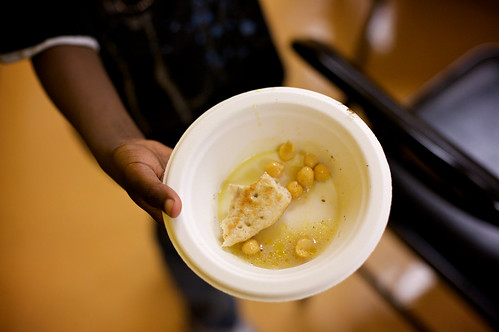

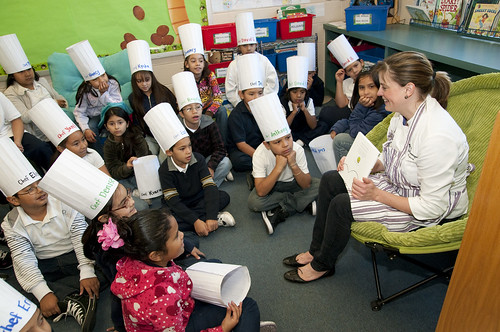
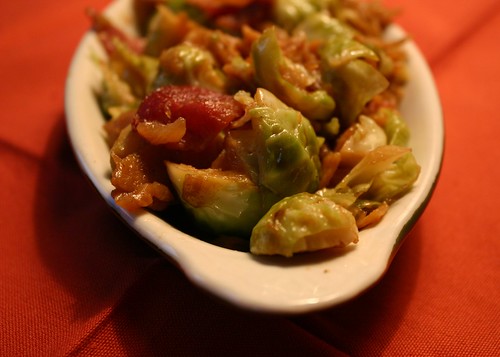


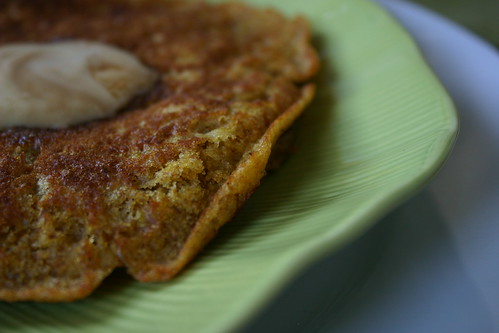
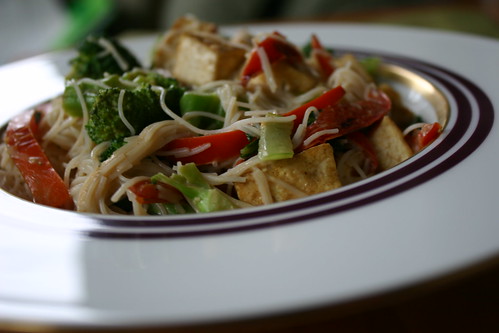
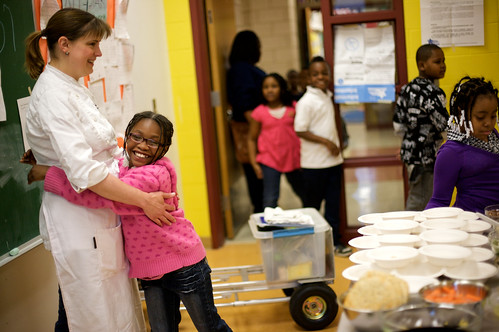





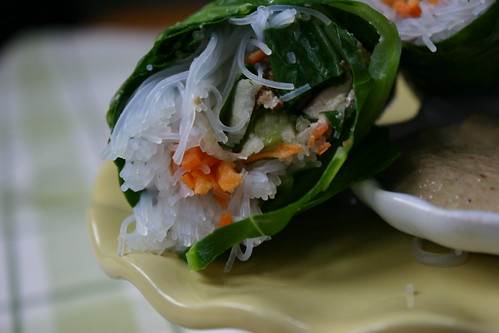
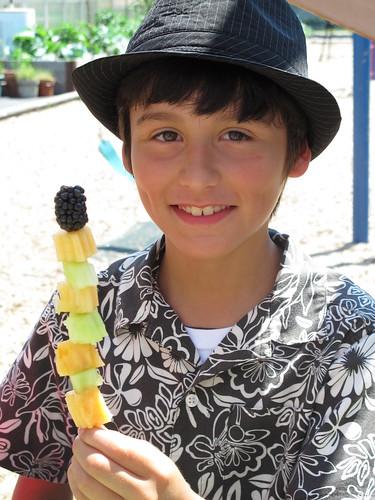
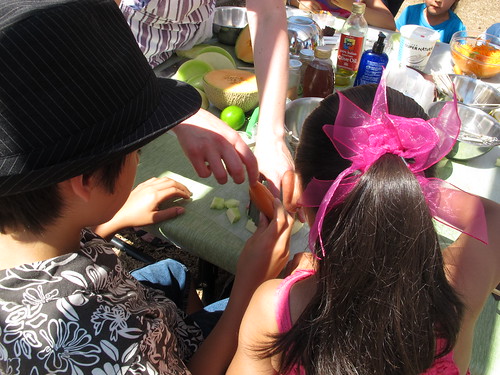
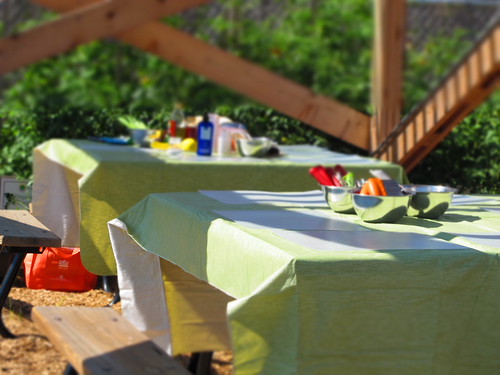
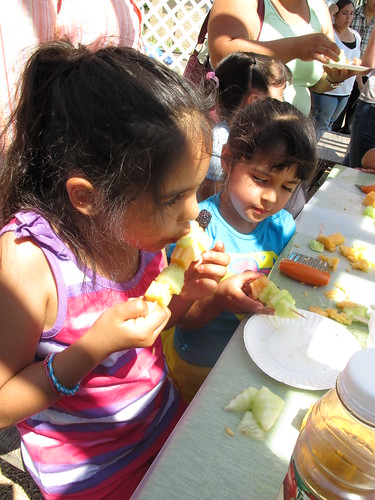




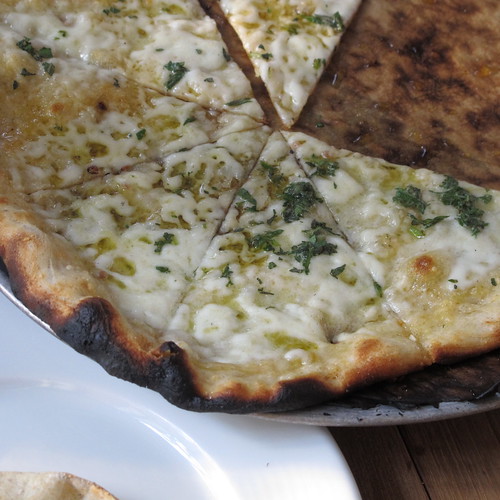



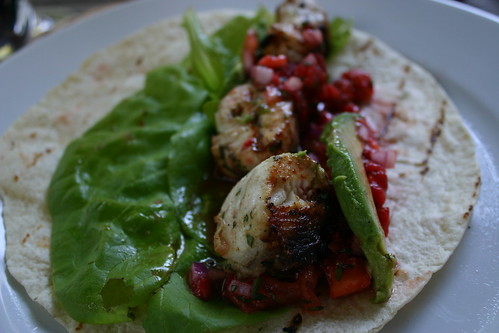


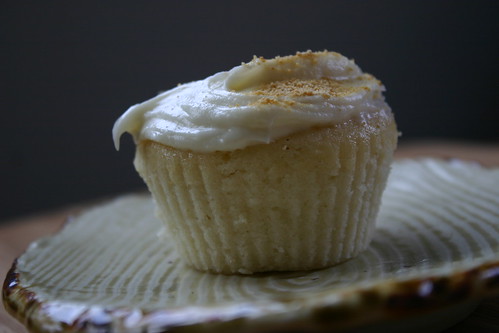
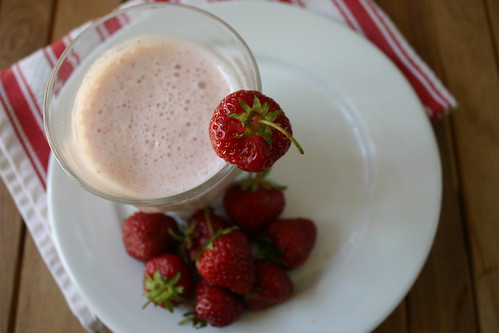
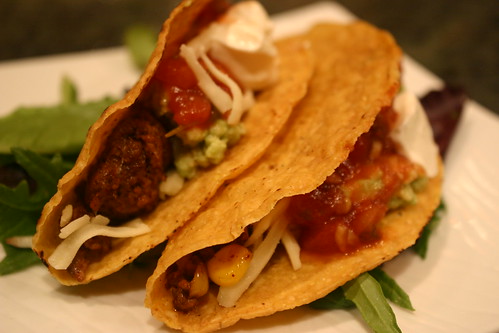

 alt="" style="width:1px;height:1px;border:0px !important;" />
alt="" style="width:1px;height:1px;border:0px !important;" />


